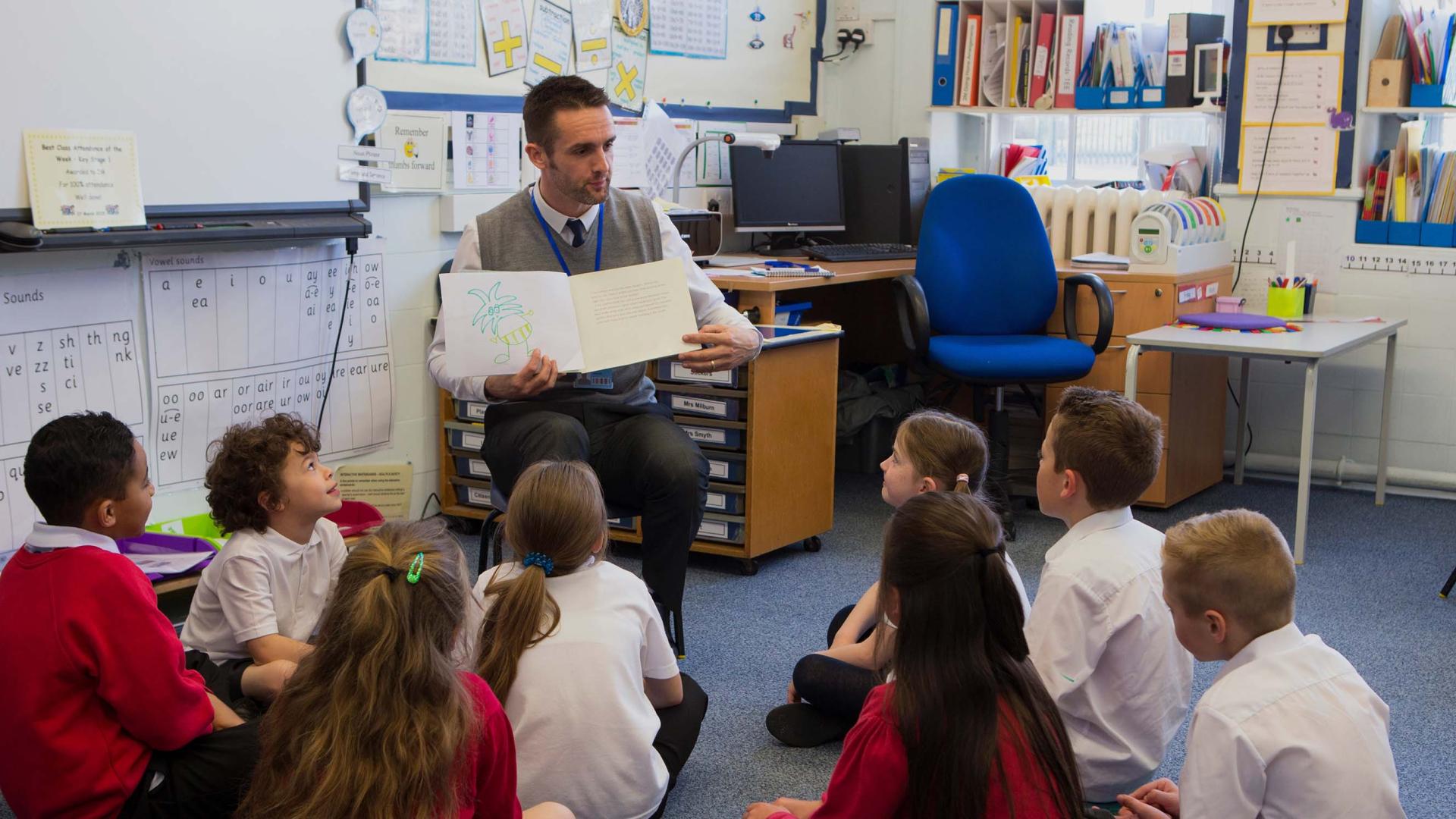The government spends more than £1 trillion a year. A big chunk of that simply involves taking money from us in the form of tax and giving it back in the form of benefits and pensions. It’s easy to measure the effect of those transfers, they are highly redistributive. The rich pay a lot more tax than the poor, the poor get most of the welfare payments.
The majority of what the government spends, though, goes on providing services — health, education, that sort of thing. That also has big distributional effects. And if we want a real assessment of the degree of redistribution effected by the government, we need to take account of that spending.
If the government spent the same on providing services to everybody, irrespective of how rich or poor they were, it would spend about £8,000 on every person in the country. That would be paid for via our progressive tax system. As a new report from colleagues of mine at the Institute for Fiscal Studies demonstrates, what we do is, in fact, much more redistributive than that. And it has become more so over time.
Much the biggest chunk of public spending goes on the NHS, and it’s a fast-growing chunk. At any given age, people with lower incomes make much more use of the health service. There is a strong correlation between income and health. If your health is poor, you are less likely to be able to earn a lot.
The bigger problem is that lower-income people and those with lower levels of education tend to end up with much worse health, both mental and physical, than do higher earners and the better-educated. That easily outweighs a countervailing effect, which is that, for any given level of ill health, the better-off are somewhat more likely to seek and receive treatment. As health spending has risen over time while spending on, for example, defence has fallen, state spending overall has become more redistributive.
Spending on education has become more progressive for different reasons. Astonishingly, as a fraction of national income, we don’t spend any more public money on it than we did 30 or even 40 years ago. But what we do spend is more focused on those on lower incomes than it used to be. In fact, in a famous (within some circles) paper published in the 1980s, Sir Julian LeGrand, the economist, showed that education spending was then skewed strongly towards the better off. Most children from lower-income backgrounds didn’t stay at school past age 16. Higher education was free — that is to say taxpayer-funded — and was largely the preserve of the middle class. Unsurprisingly, this meant that the better-off children of the middle classes had considerably more money spent on their education than did those from less well-off families.
That is no longer true. Pretty much everyone stays on in education past 16. And while the well-heeled are still more likely than the rest to attend university, the advent of student fees means they now pay for the privilege, unless they end up on low earnings. School funding also has become somewhat more pro-poor than it was 30 years ago.
Those are the two biggest areas of public service spending. Cuts in spending on services such as housing and social care also have meant more targeting on the poorest, though often at the expense of the somewhat less poor. We spend much less on social housing than we did, but what is left is spent almost entirely on the very poorest. A squeeze on social care has meant, too, that resources have become more targeted on the most needy, both in the sense of financially needy and those with the greatest care needs.
Social care spending itself comes within the local government settlement. That has become considerably less targeted on poor areas over the past 15 years. More-deprived councils and metropolitan boroughs have suffered much bigger cuts in funding than have authorities serving wealthier communities. So, at first sight, it looks like this element of public spending has become less progressive.
This is not a policy direction consistent with a professed desire to “level up”. However, within areas spending has become much more focused on the neediest. Adults’ and children’s social care, in particular, now takes up a majority of all local authority spending, spending that goes mostly to those with low incomes and assets. So while poorer areas have done badly, within each area spending again has become more pro-poor.
Taken in the round, public service spending has become more targeted towards lower-income households over several decades. Yet there are signs that the pendulum might be starting to swing in the other direction. In recent years schools with poorer intakes have faced bigger budget cuts than others. The additional money for childcare announced in the March budget is targeted explicitly at working families, not the poorest, while early years and childcare funding generally has become much less targeted on poor children than was the case in the 2000s.
Changes to the student loans system coming in this year will benefit higher-earning graduates and will hit middle earners, making that system less progressive. Where they are in charge, Labour are also moving in a similar direction. Sadiq Khan recently announced that, for one year only (allegedly), all primary school children in London will receive free school meals — none of that extra spending will go to the poorest, who are already entitled to free meals.
I genuinely draw no conclusions as to whether spending should be more or less targeted to lower-income households than it is now. There is a limited budget and many, many things matter besides redistribution. Before we decide, and vote, on where we go next, though, it helps to know where we are — and where we’ve come from.
This article was first published in The Times and is reproduced here with kind permission.










